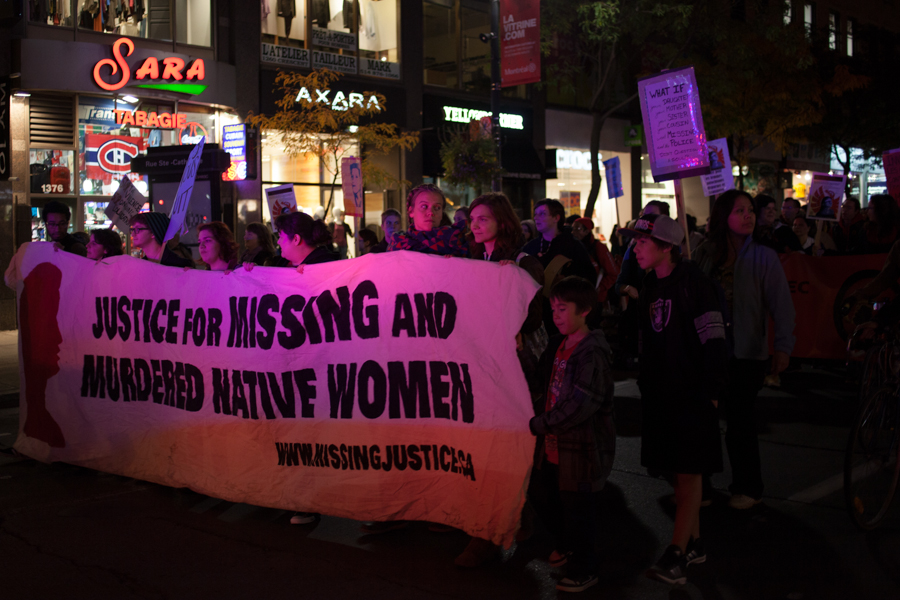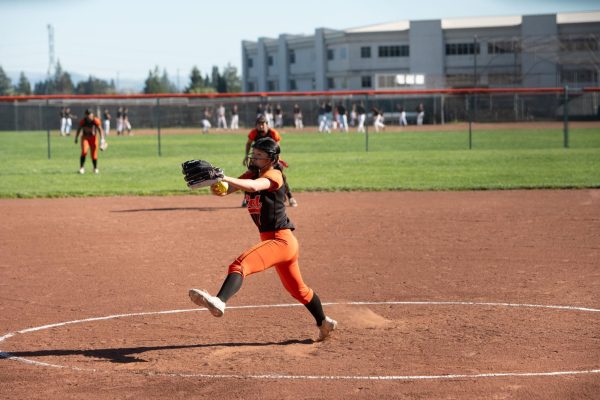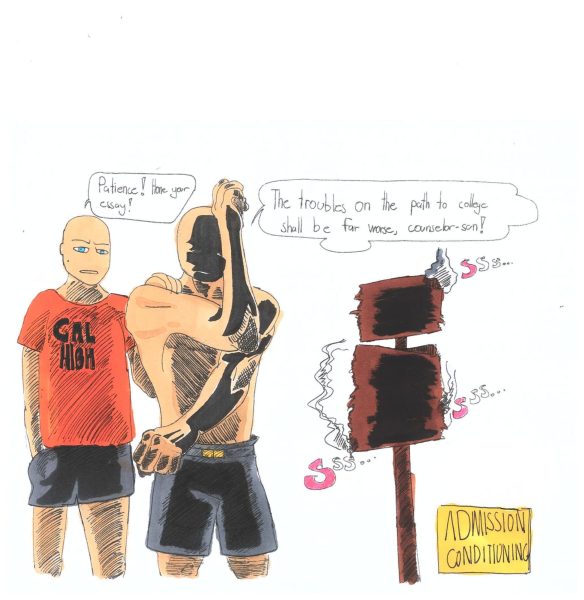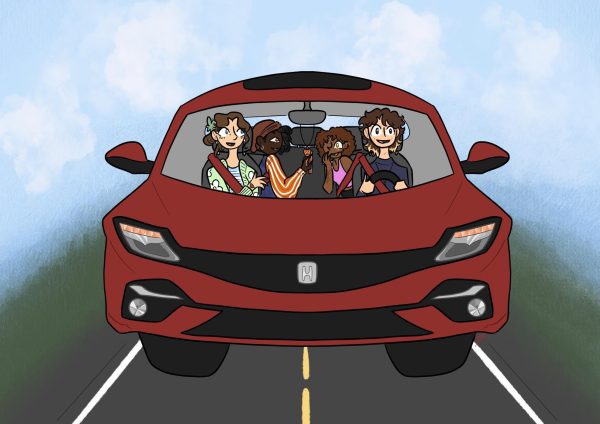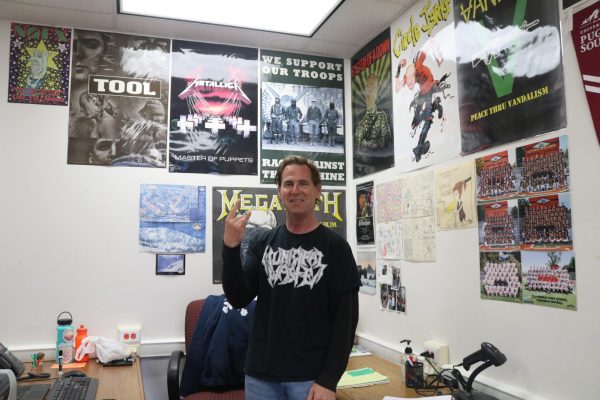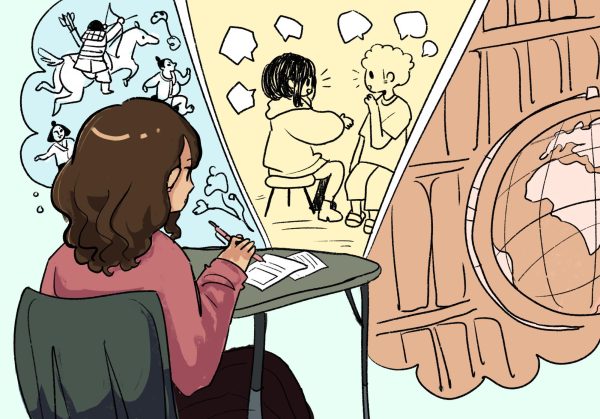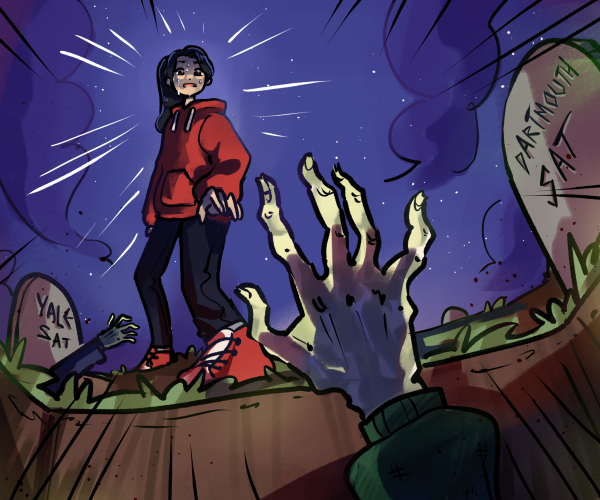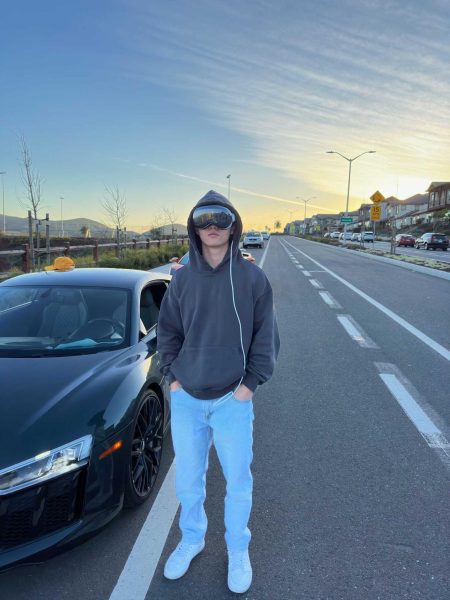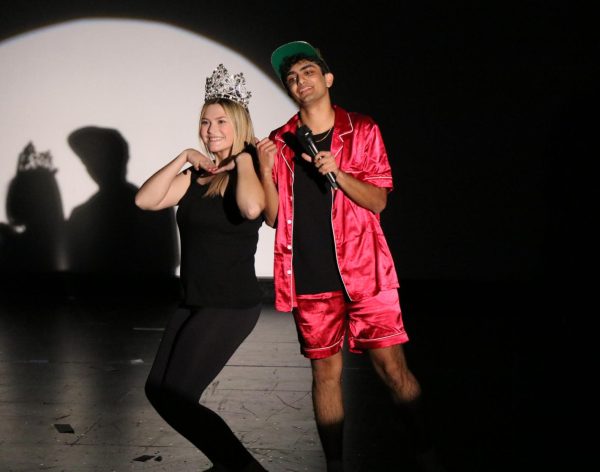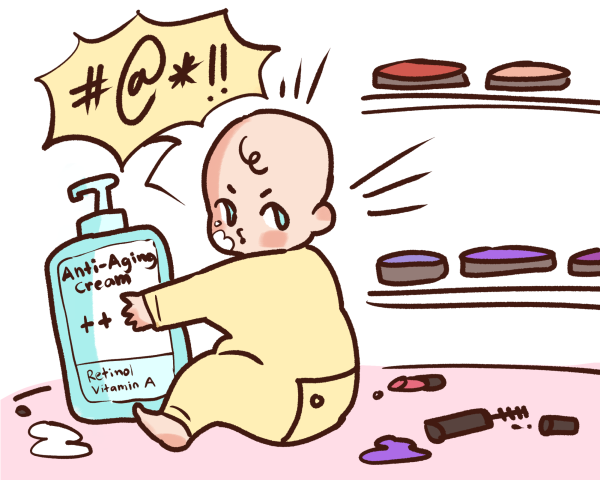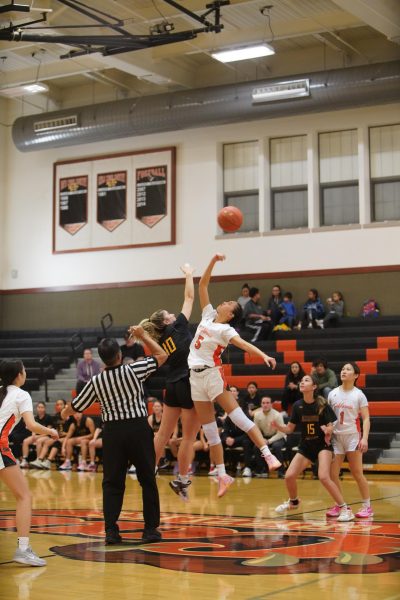Gabby Petito case highlights how other women’s deaths are overlooked
Photo courtesy of Howl Arts Collective
People protest in Montreal for justice for women like Gabby Petito.
KTVU news anchor Frank Somerville was suspended in September from his position after 30 years for covering a story regarding the publicity comparisons of white and colored homicide victims.
This point was brought up when the controversial topic of Gabby Petito’s murder case was mentioned. Petito, being a white American, raised questions in the minds of many as to why her story dominated the news cycle, and why many other stories involving female murders received minimal coverage in comparison.
The well known incident regarding Petito and her boyfriend, Brian Laundrie, recently caused a stir on social media. She disappeared in September after planning a cross country trip with Laundrie and never returned home. This created a great deal of panic and grief among people all over the US.
It is commonly believed that her case grew in popularity because of her large following on YouTube. Petito’s channel didn’t take off until after the information about the case was released and became well-known. The story grew on its own as a result of fear and empathy for Petito’s safety and curiosity about her whereabouts.
But consider these facts. Homicide is the third most common cause of death for Native American and Alaskan Native women in the United State. They are murdered at a rate of 10 times the national average, according to PBS.
About 21 percent of homicides reported in the state of Wyoming are Indigenous people, but they only make up 3 percent of the population, according to PBS.
Families who personally experience these tragedies often feel trapped when attempting to spread the word about the situation. This is because of the lack of attention that is brought to these cases.
News anchors have the unique ability to discuss current events that matter, an opportunity Somerville used when he criticized media treatment of missing Black and Indigenous women in the U.S.
One instance of a young indigenous woman gone missing or killed is the case of Trudy Gopher, a 19 year old woman who found dead on May 10, 1997.
She was found behind a school after attending a wedding in the Alberta Cree Community. It was determined her death was a suicide. Although this was the final proposal, Gopher’s family suspects the death was a murder all along.
Thousands of women of color go missing every year, but their stories don’t get nearly as much coverage as they should. Last year alone, around 100,000 black women and girls went missing according to NPR.
The media is unreliable when it comes to covering stories regarding missing women of color. It is up to the public to use platforms available on social media to spread this information and share stories that deserve the publicity Petito received.
With social media constantly expanding, specifically the popularity growth of the app TikTok, Gen Z has become the youngest generation to become invested in the world of politics. With this, the spread of information around missing people cases has increased tremendously, and is easier than ever to find. It’s become so big that cases have been solved by individuals on social media with information online alone.
These platforms allow any case to have these benefits, but since attention is not brought to the cases of women of color, they don’t have the same opportunities as others.
Sommerville, who has a Black adopted daughter, used his platform as a news broadcaster to attempt to spread information about these issues, but he was quickly silenced by his employer.
Social media, however, is not as restrictive of various viewpoints, and everyone is able to spread information about what they believe is right. While this can be dangerous, if used properly, information on such cases could be publicized.
In order to properly make changes for the better regarding race inequality in the news, it is important for the media to report stories of all deaths no matter their ethnic background or social media presence.
Once platforms recognize the importance of complete coverage, overlooked news stories including the deaths of many Indigenous peoples will finally gain awareness and attention, not just headlines of single cases of death.
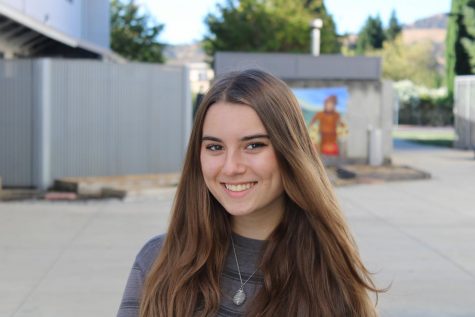
Junior Alexia Broughton is a reporter at Cal High. She is in her first year of newspaper and hopes to continue with this class for the rest of highschool....
